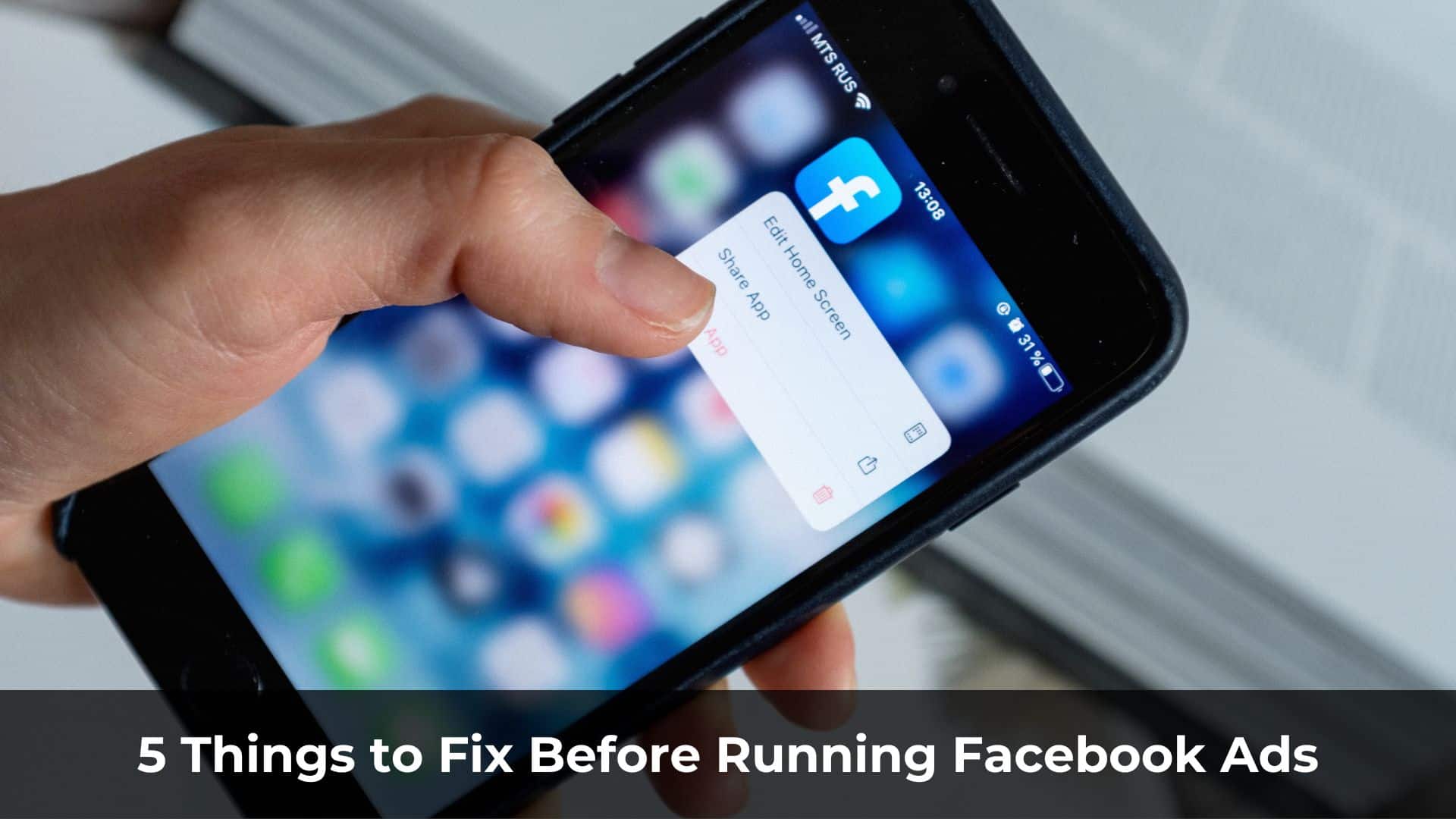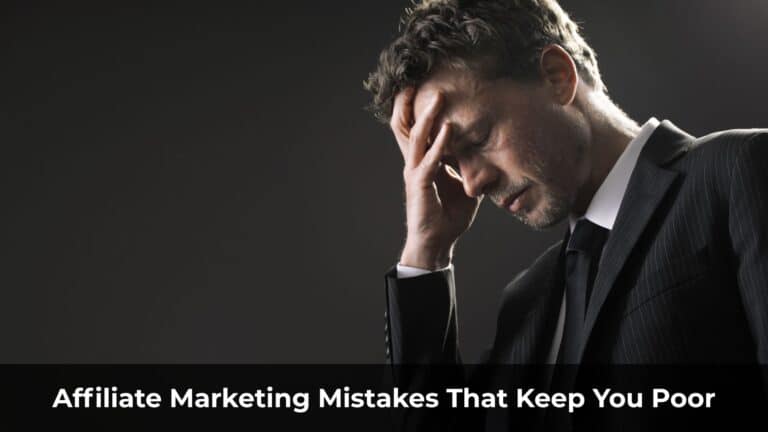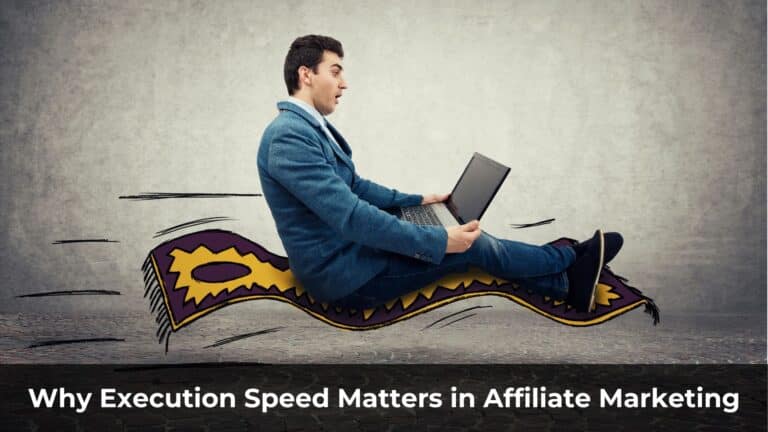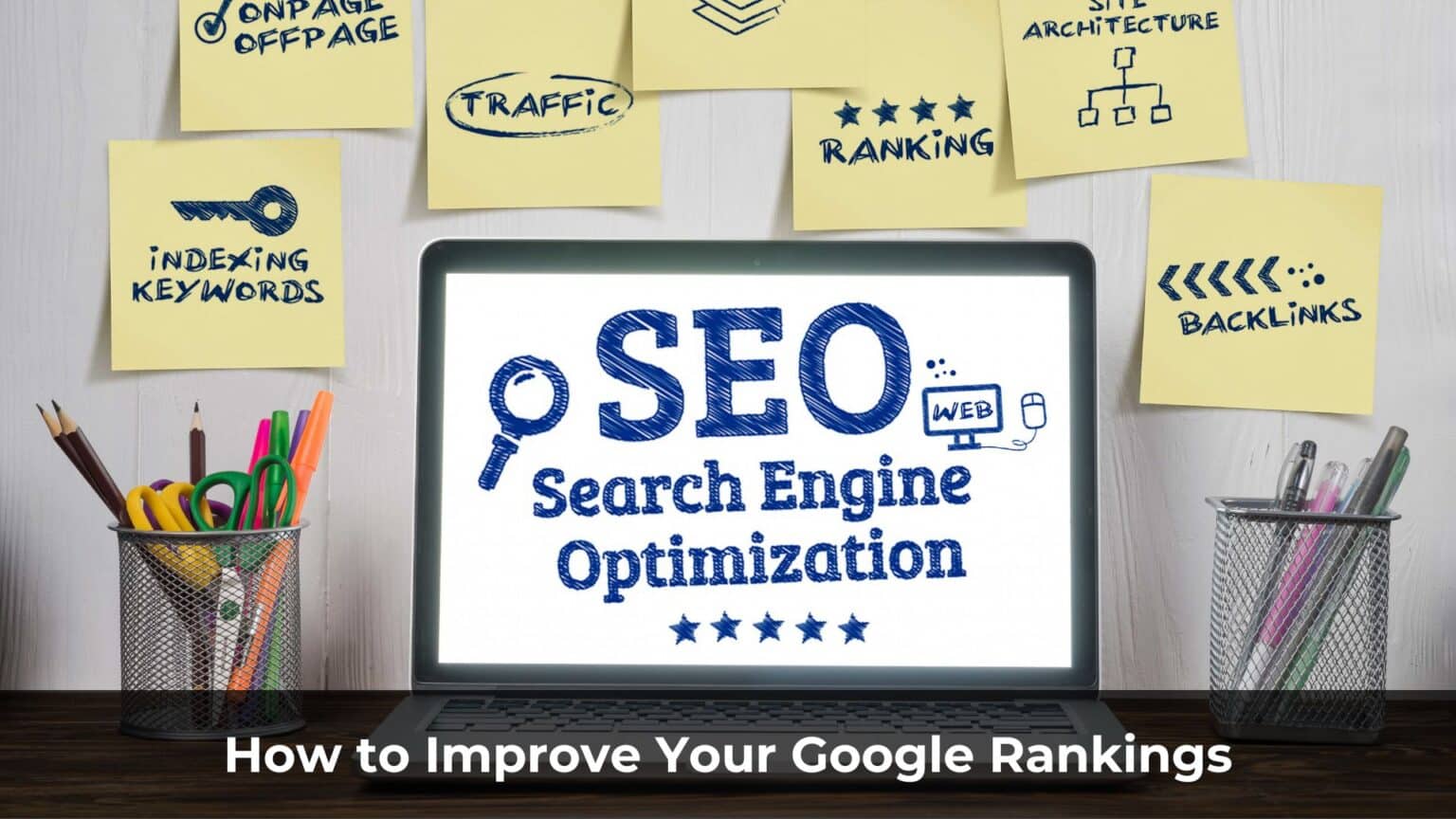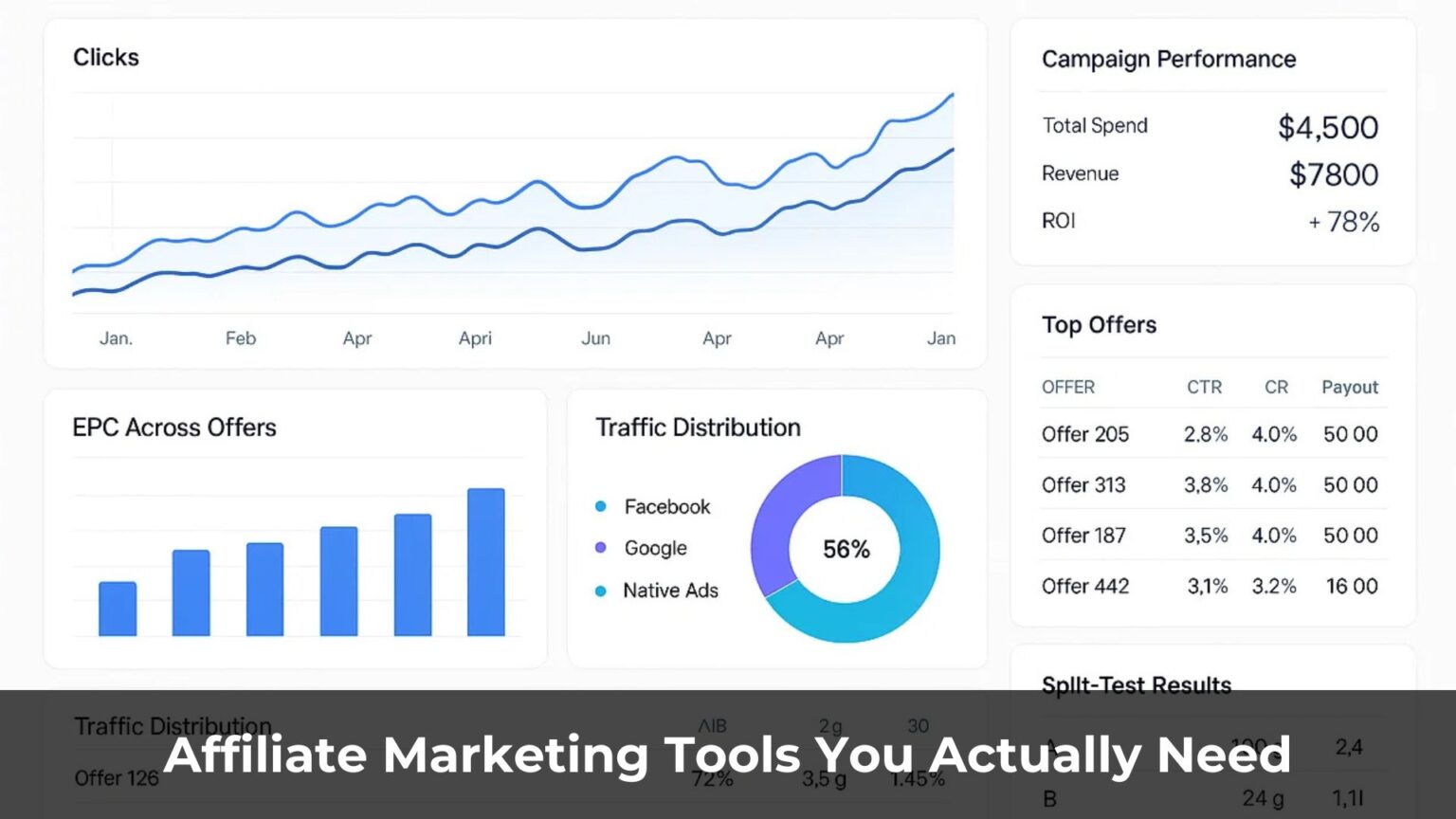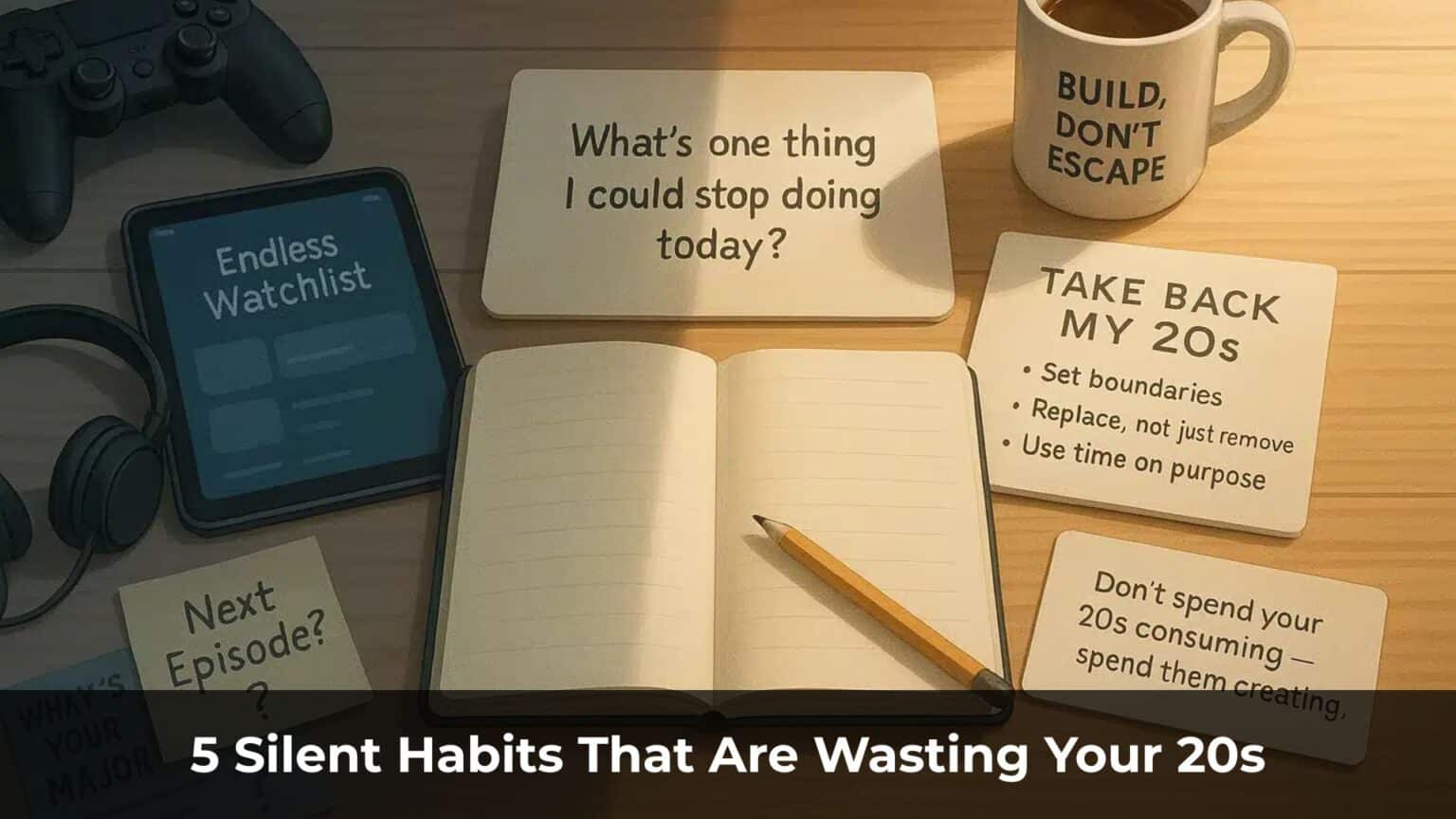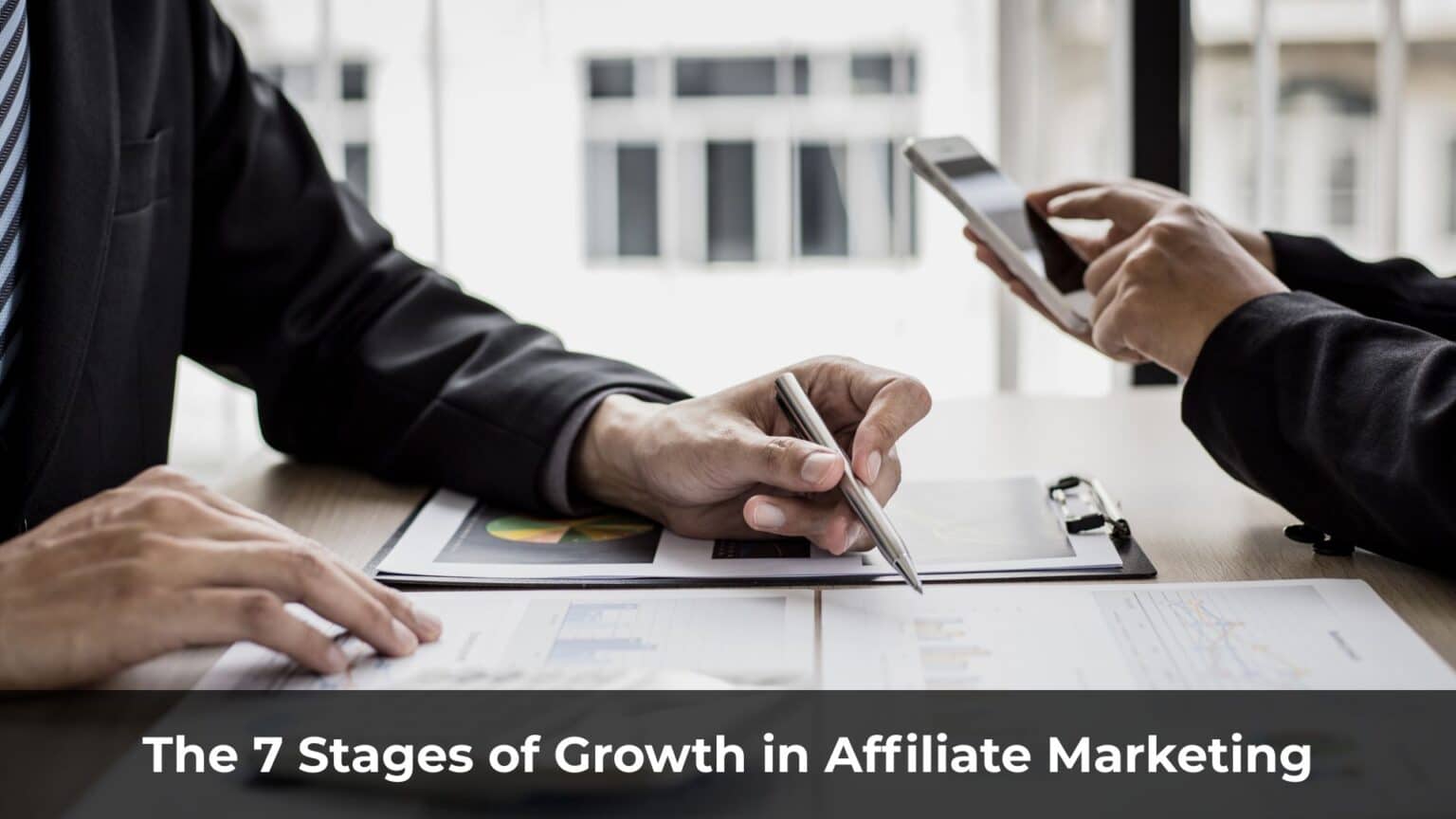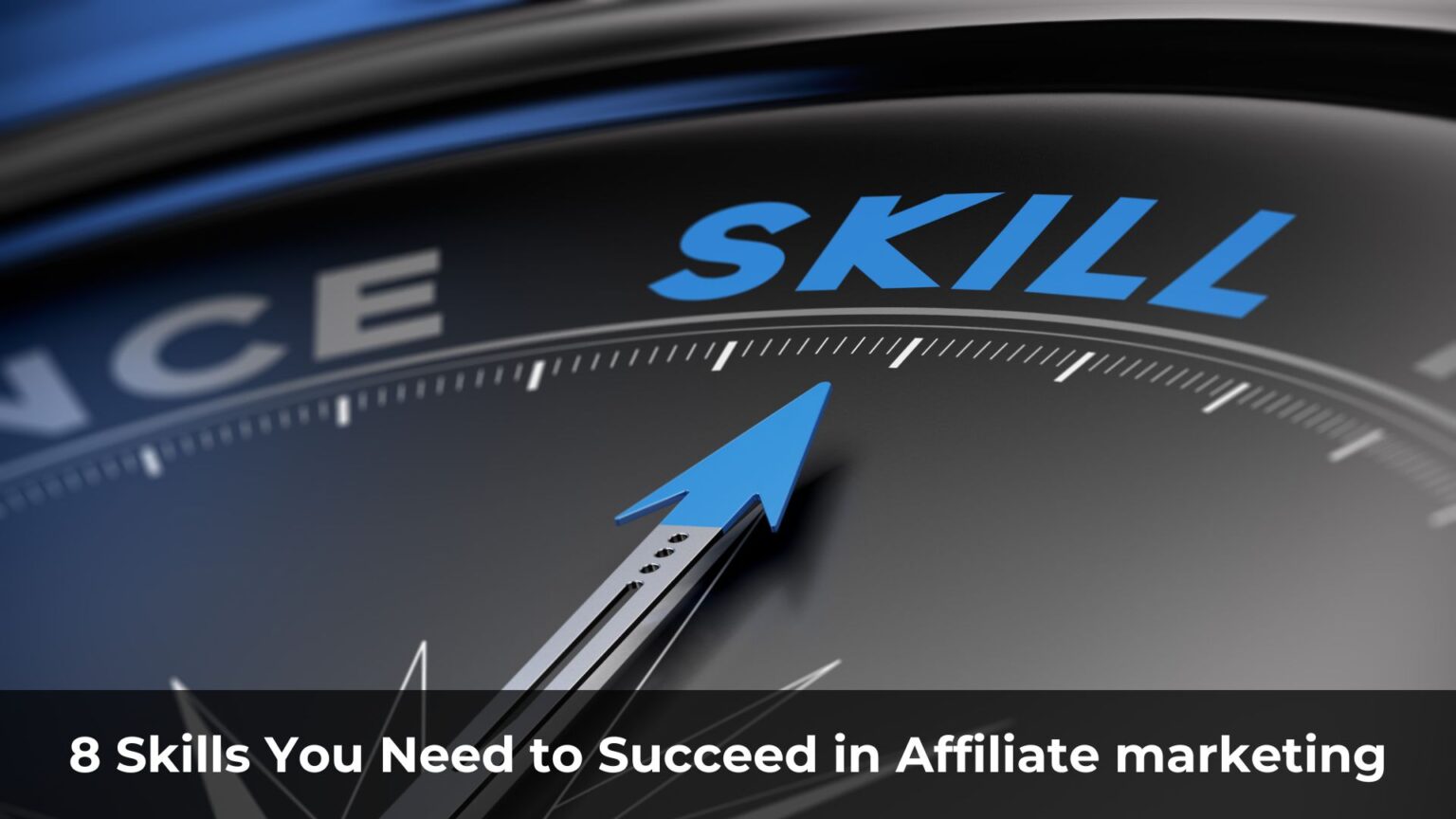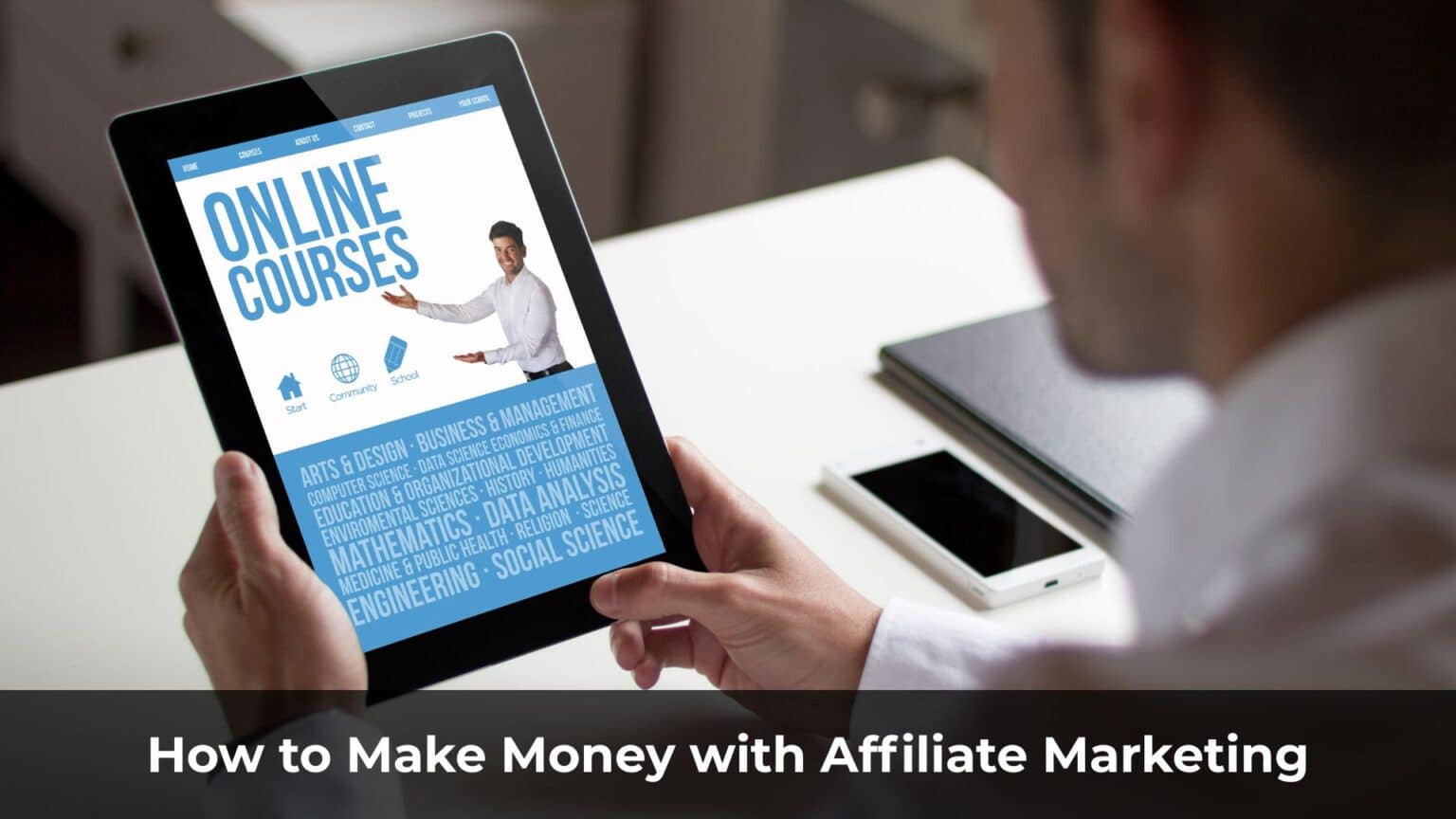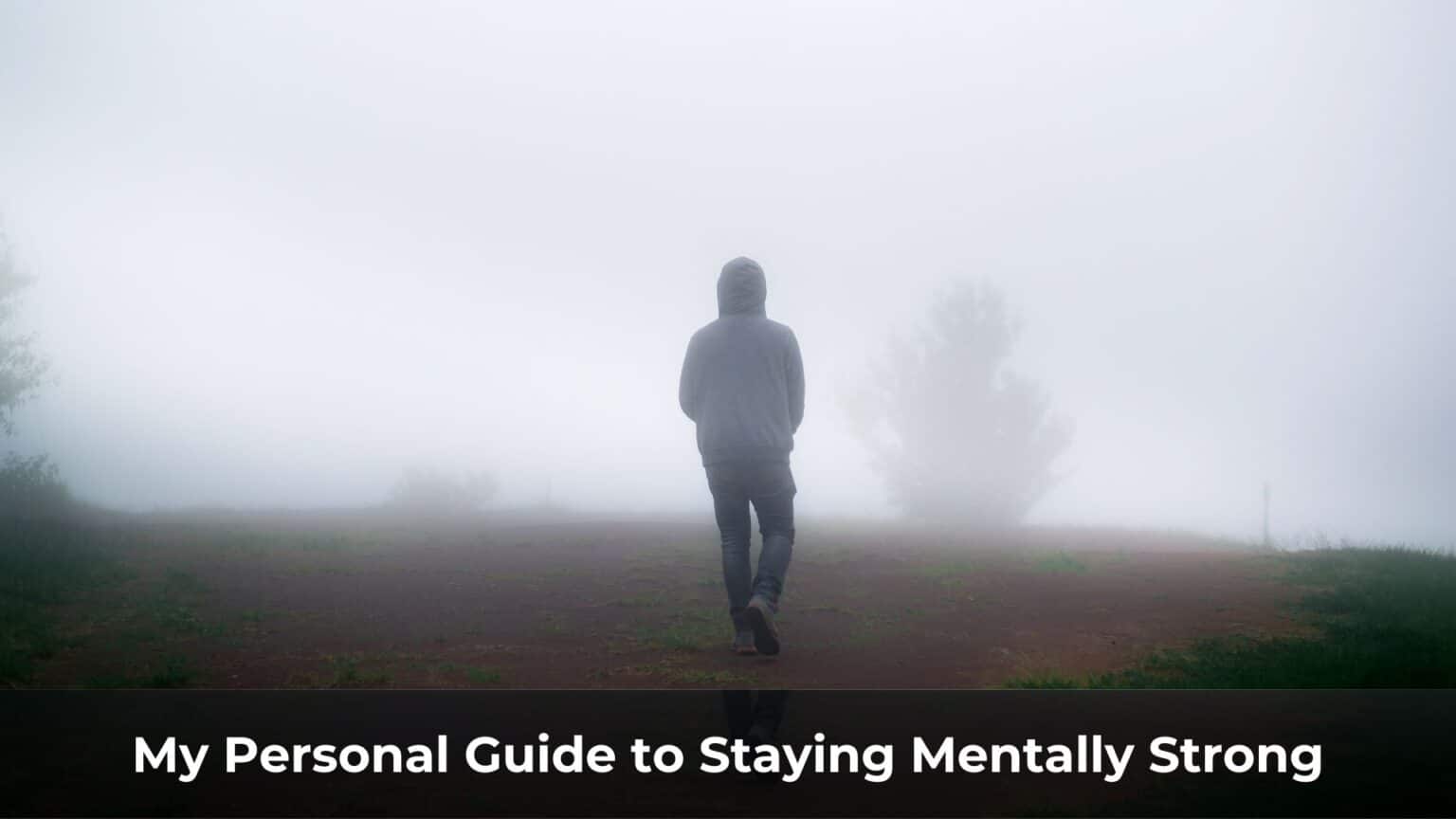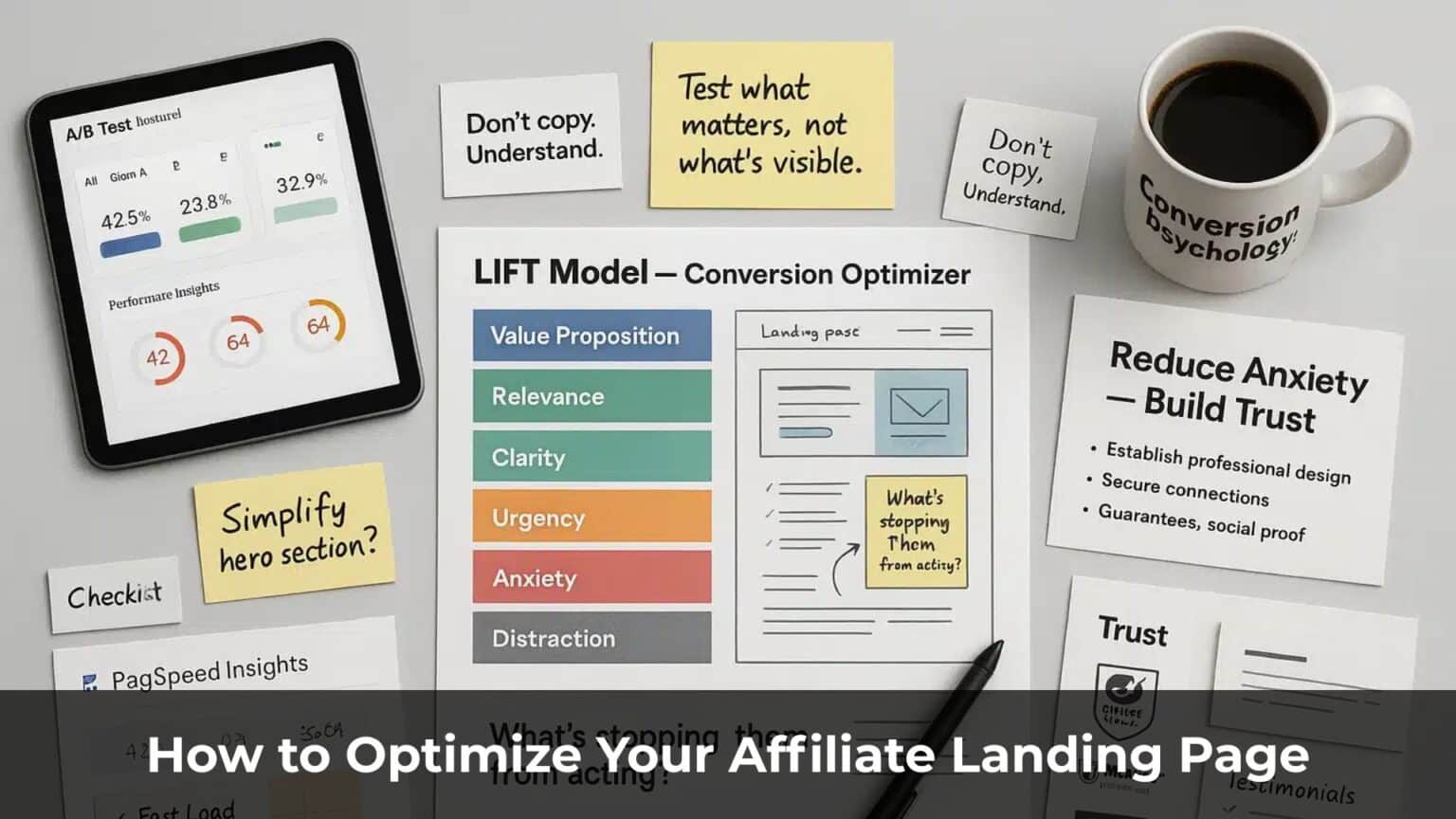A lot of people think they’re optimizing their ads — but they’re not.
They keep increasing the budget, swapping creatives, testing dozens of audiences… and still end up losing money.
Why?
Because they skip over the core problems — the things that actually prevent your campaign from being profitable. It doesn’t matter if you spend $100 or $10,000 per day. If these issues aren’t fixed, you’re setting yourself up to fail.
In this post, I’ll walk you through 5 crucial things you need to fix before you hit “Publish.”
These will help you:
- Lower your CPM
- Increase your CTR
- And most importantly: make Meta want to help you sell
No gimmicks. No algorithm hacks.
Just doing things right — from the start.
Table of Contents
ToggleDon’t Run Ads If Your Offer Isn’t Strong Enough
Most people assume their problem is with the ad.
In reality, no ad can save a weak offer.
Here’s what you need to understand:
Meta isn’t here to help you sell. Meta’s job is to show your product to the right people.
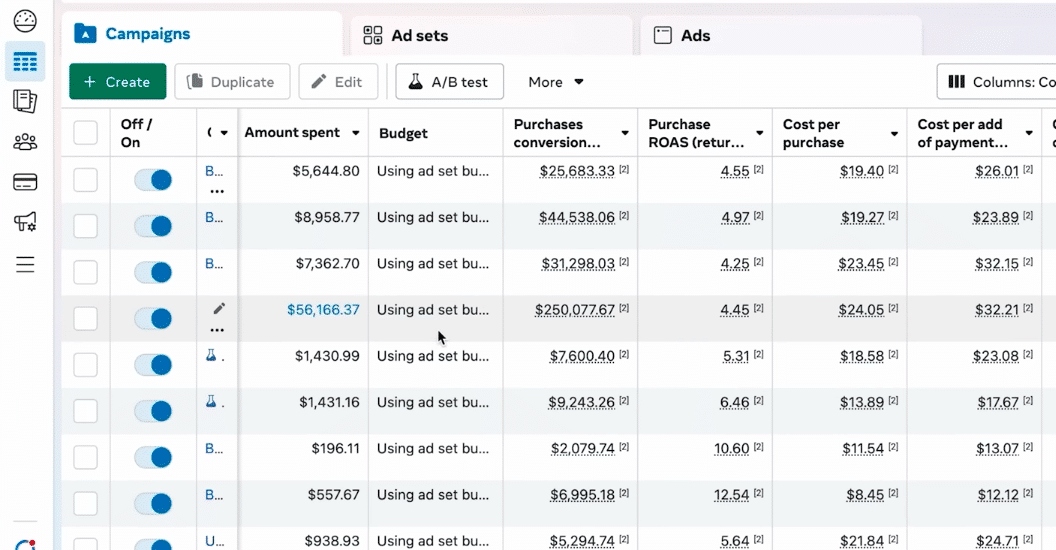
But whether they buy or not? That depends entirely on how compelling your offer is.
A strong offer makes everything easier:
- Meta’s algorithm learns faster
- Your CPM drops
- Your CTR goes up
- And the system finds buyers more accurately
But if your offer is weak — no amount of audience testing, beautiful creatives, or budget scaling will give you consistent profits.
So what makes an offer compelling?
It solves an urgent problem.
Not just “15 amazing features…”
People don’t care about features.
They care about results.
They’re asking: “Can this help me right now?”
Before you write any ad copy, make sure your offer checks these boxes:
- Focus on the outcome, not the features
- Solve a specific, painful problem
- Highlight what makes you different from competitors
Meta is a learning machine. It feeds off the data you give it.
A strong offer gives Meta better signals — and helps it find your ideal customer faster, cheaper, and more accurately.
Your Website Design Matters More Than You Think
When people shop online, they can’t touch your product.
Your website is your product.
So make it count.
Invest in a clean, professional layout. Build trust with testimonials. Add a clear sales video. Make everything easy to scan and click.
Still unsure what a high-converting page looks like?
Take a look at the landing pages from Dotcom Secrets.
Their design is world-class — from fonts, colors, and layout to CTA buttons — every detail is crafted with intention.
Research with Meta Ad Library — Before You Spend a Dime
Most beginners run Facebook Ads the way people buy lottery tickets:
Write a quick ad, throw in a nice image, set a budget… and hope it works.
But hope isn’t a strategy. This approach wastes both time and money — and worst of all, you learn nothing if the campaign fails.
Here’s what smart marketers do instead:
They analyze what’s already working — then build on that.
Here’s how to do it:
1. Go to the Meta Ad Library
Head to facebook.com/ads/library and search for your competitors or brands in your niche.
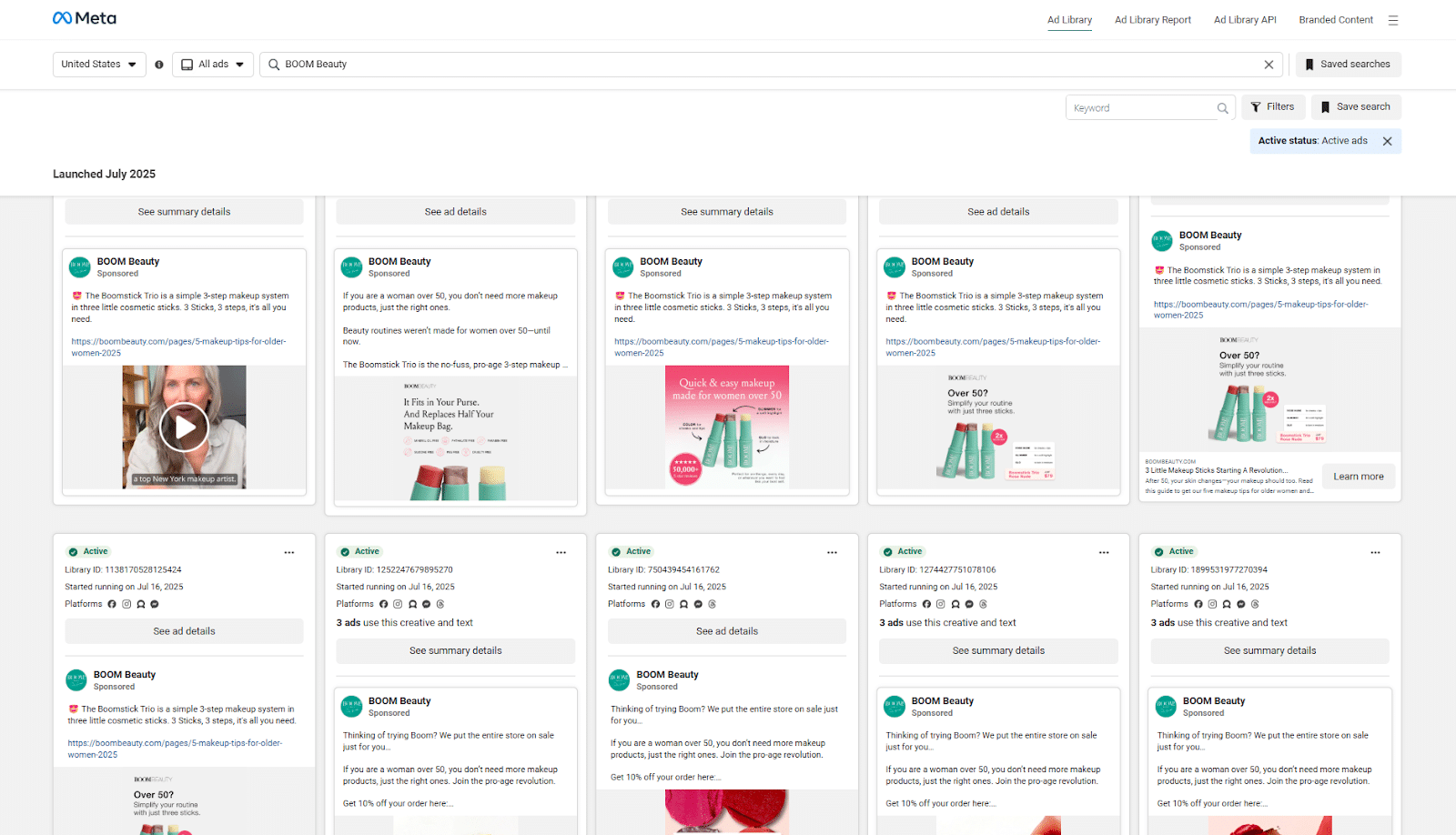
2. Look for the longest-running ads
If an ad has been running for weeks, it’s probably profitable.
No one keeps spending money on ads that don’t work.
3. Analyze three key elements:
- Hook – The opening line of the caption or the first few seconds of the video
- Angle – The way they frame the problem or need
- Core message – What pain point are they highlighting? What solution are they offering?
4. Repeat this with at least 3 direct competitors
By comparing multiple brands, you’ll start to spot common patterns — as well as opportunities no one’s tapping into yet.
5. Remix — don’t copy
Take the strong hook from Brand A, the emotional appeal from Brand B, the smart angle from Brand C — and turn it into your own unique version.
This alone can save you thousands in wasted testing.
Use AdSpy Tools for Deeper Competitive Insights
Meta Ad Library is a great starting point — but if you want to go deeper and uncover real performance data, audience targeting, and viral trends across multiple countries, you’ll want to use a dedicated ad intelligence tool like AdSpy, BigSpy, or Minea.
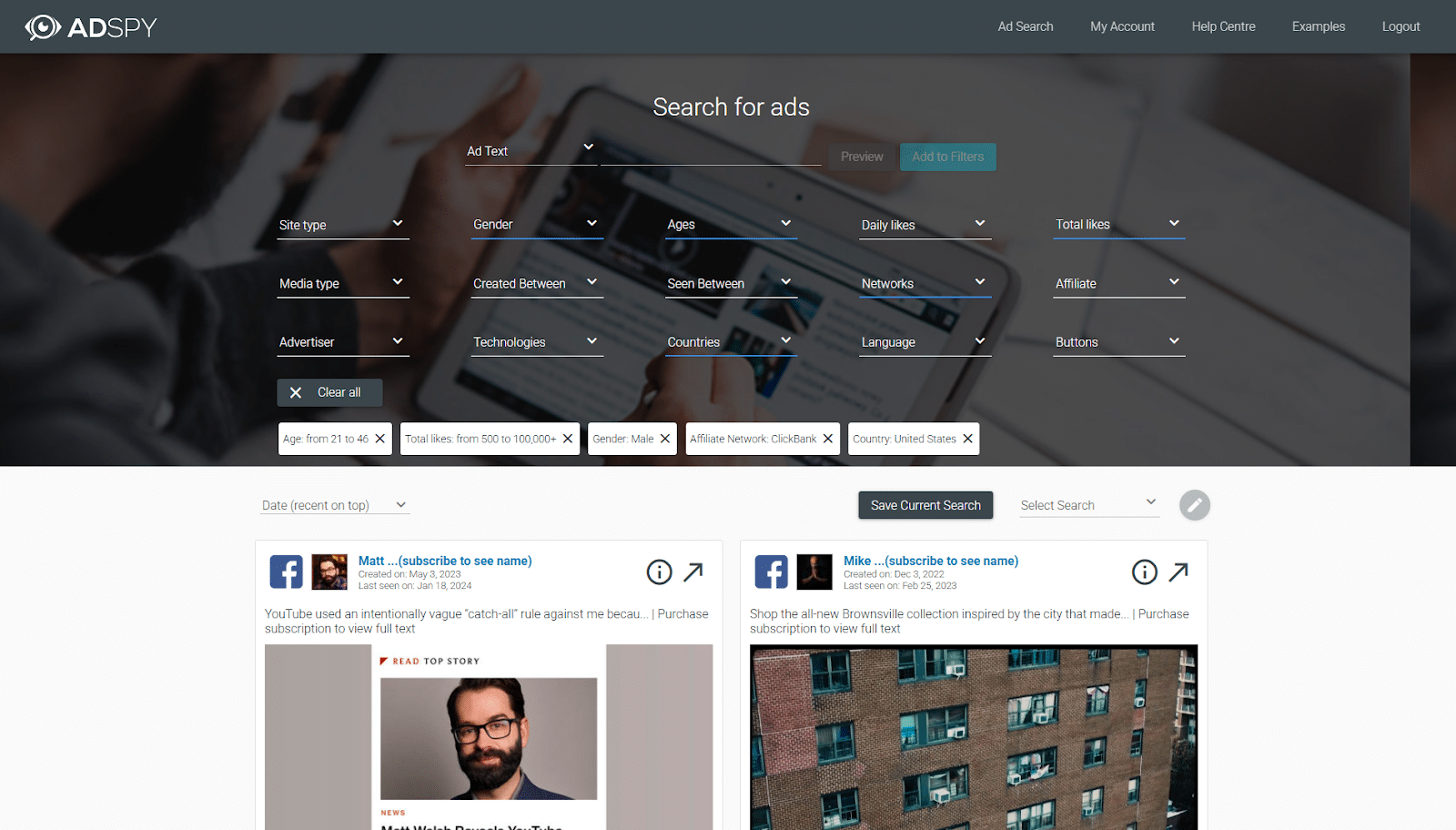
Let’s take AdSpy as an example. With it, you can:
- Discover ads running in different countries
- Filter by keywords in the caption, target age, and gender
- See the actual landing page each ad is pointing to
- Track engagement metrics like likes, shares, and comments — to gauge real interest
These tools are incredibly powerful when you want to:
- Spot emerging trends before your competitors do
- Break down the content structure of top-performing ads (instead of guessing)
- Find out what products your competitors are testing, selling, and scaling
You don’t need a dozen tools.
Just combine Meta Ad Library with one solid spy tool, and you’ll have enough data to make smart, confident ad decisions — instead of relying on gut feeling.
Use the Timeless 3-Part Ad Formula
Don’t try to reinvent the wheel — at least not before you understand the basics.
Most high-converting ads follow a simple, proven structure:
- Hook – A compelling opener that grabs attention
- Value – The main body that clearly explains the benefit
- CTA – A clear call to action that tells people what to do next
The goal isn’t to write one perfect version.
It’s to create multiple versions for each part. For example:
- 3–5 different hooks
- 2–3 variations of the value section
- Several CTAs to test
Why does this matter?
Because Meta penalizes stale ads.
When people keep seeing the same version over and over, performance drops — and your CPM starts to rise.
But if you have multiple variations ready, you can rotate creatives, avoid ad fatigue, and keep your audience engaged.
Even better: Meta’s system can automatically A/B test your variations and optimize for the best performer.
From this data, you’ll learn:
- Which hook actually makes people stop scrolling
- Which storylines keep them reading
- Which CTA drives the most action
This isn’t just about protecting performance —
It’s about getting smarter every time you run ads.
You’re not just spending. You’re learning.
And the more you learn, the less you waste.
Stop Making “Pretty Ads” — Create Content That Feels Real
One of the biggest mistakes marketers make on Facebook Ads?
Spending too much time (and money) creating polished, high-production videos.
Here’s the truth:
People no longer trust content that looks like an ad.
The more “professional” your video looks — perfect lighting, cinematic shots, smooth edits — the more both Facebook and your audience will tag it as salesy.
What works better today?
Raw. Real. Relatable content — the kind that feels like it came from a real person, not a brand.
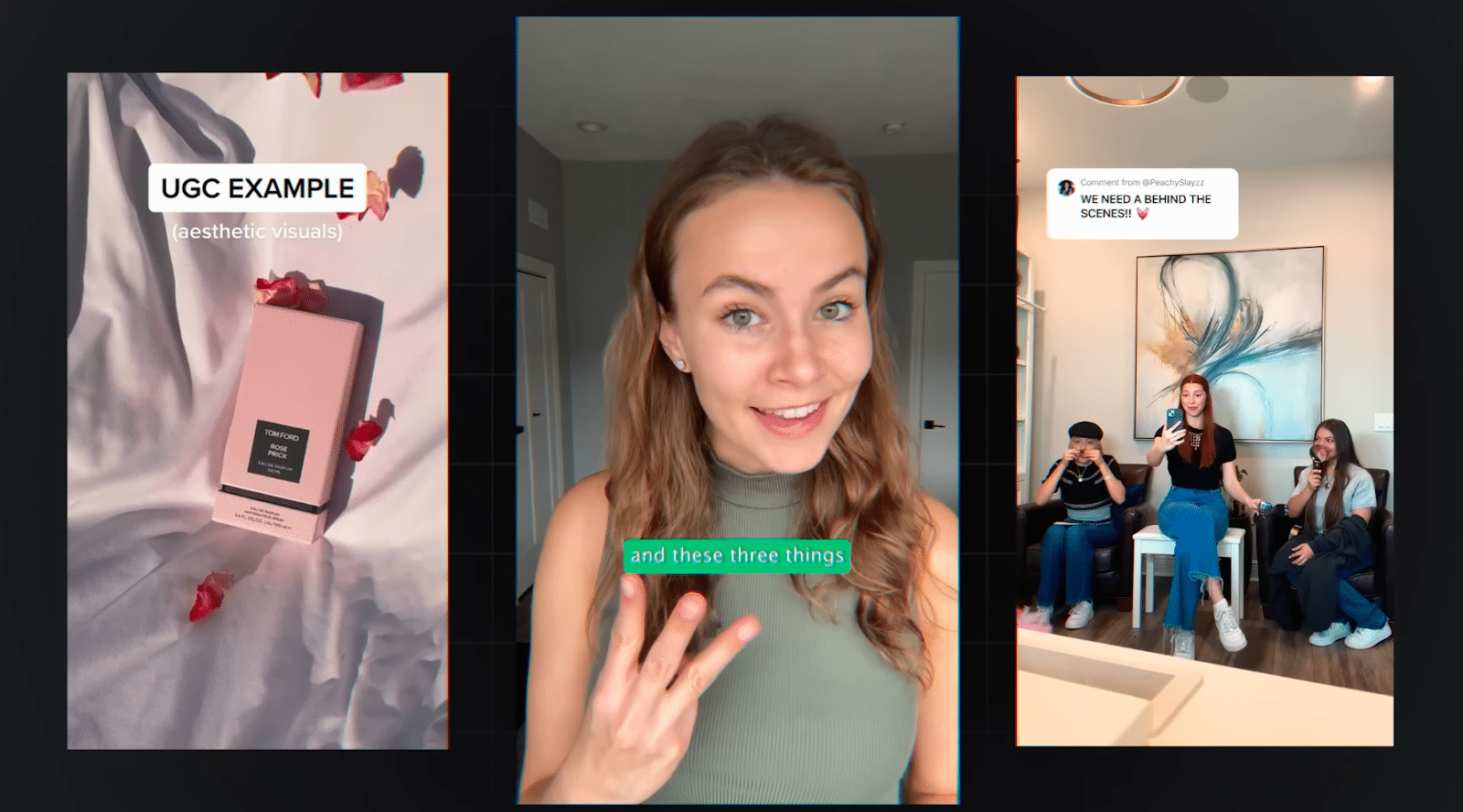
Some formats that consistently perform well:
- Selfie-style videos filmed on a phone
- Behind-the-scenes footage or casual recordings
- TikTok-style short clips with minimal editing
- Story-style images that tell a narrative across slides
- Simple graphics that spark emotion — not fancy, just authentic
People engage more with posts that look like what their friends would share — not something crafted in a studio.
That’s why UGC (User Generated Content) is crushing it right now.
And here’s the good news:
You don’t need a production crew or expensive gear.
Just pick up your phone, talk about your product like a real human, keep it natural, add a bit of editing — and you’re good to go.
Authentic content = Real trust
Real trust = Higher conversions
Bad Data = Bad Ads
Fix It Before It’s Too Late
Your Pixel isn’t working properly.
That’s why your Facebook ads aren’t profitable.
Stop blaming iOS 14. The real problem is this: Meta has changed how it learns — and most advertisers haven’t kept up.
If you’re still using the old way (just installing the Pixel and hoping for the best), you’re feeding Meta the wrong signals.
That means bad targeting, poor learning, and wasted scale.
The Problem: Your Pixel is flying blind
The Pixel only tracks browser activity — and since iOS 14, much of that data is blocked.
So here’s what happens:
- You run ads
- People actually buy
- But Meta doesn’t know who bought — or why
And when Meta doesn’t know, it can’t optimize.
The Fix: Use Both Pixel + Conversion API (CAPI)
If you haven’t set up the Conversion API (CAPI), your entire tracking setup is missing half its brain.
- Pixel = browser-side tracking
- CAPI = server-side tracking
When used together, they give Meta a much clearer picture of what’s actually happening — so your optimization gets sharper.
Understand “Pixel Conditioning”: Training Meta’s AI With Clean Data
Meta is a machine that learns.
Every time a real conversion happens (a purchase, a lead), it learns:
- Who’s most likely to buy
- Where they came from
- What they did before they converted
Then it finds more people just like that.
But if your data is missing, inaccurate, or full of noise — the system learns the wrong thing.
And you’ll start to see:
- Higher CPMs
- Lower ROAS
- And constant “optimization” that leads nowhere
Great ads aren’t built on hacks.
They’re built on clean, accurate data — so the system can do what it does best.
Final Thoughts
Facebook Ads isn’t dead.
It just punishes the ones who do it wrong — and rewards those who understand how the system actually works.
If you still believe that a pretty creative or a “secret” audience will get you results, you’re headed in the wrong direction.
What Meta truly favors is clean data, a strong offer, and a clear strategy. Everything else is just decoration.
Before you launch your next campaign, take a moment to review:
- Is your product compelling enough?
- Is your Pixel feeding Meta accurate, complete data?
- Are you guessing — or analyzing real competitor insights?
- Are you rotating creatives to prevent ad fatigue?
If these foundations aren’t solid, increasing your budget will only help you lose money faster.
Stop guessing. Start operating with systems and data.
